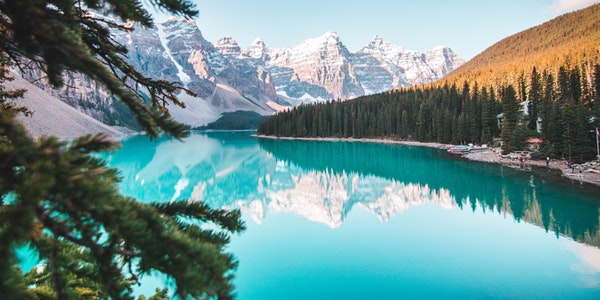Light and shadow are the soul of landscape photography. How to quickly get the expressive power of light and shadow in landscape works and shoot a perfect landscape blockbuster?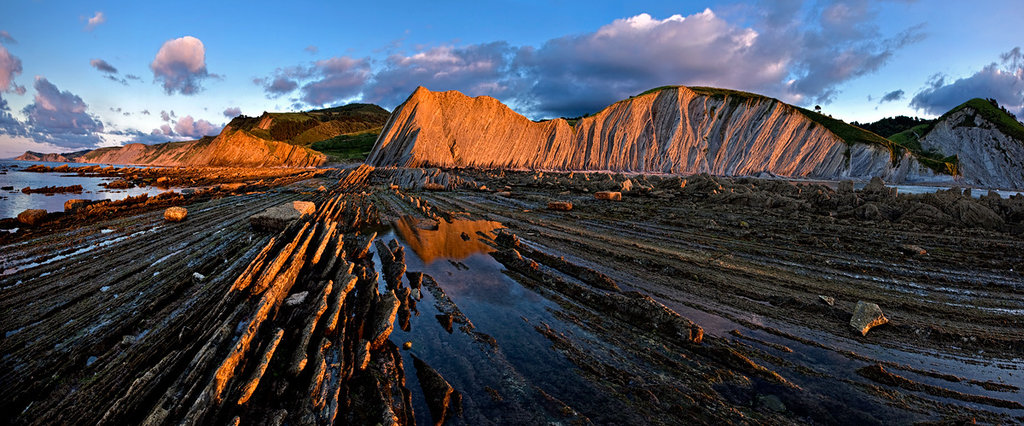
Table of Contents
1. Give People a Sense of Comfort
Twilight landscapes captured in soft diffused light give a soothing, restful feeling. When we appreciate digital photos, we should not only pay attention to parameters such as aperture, shutter speed, sensitivity, white balance, etc., but more importantly, understand the content and subject of the photos, and express opinions on the scenery.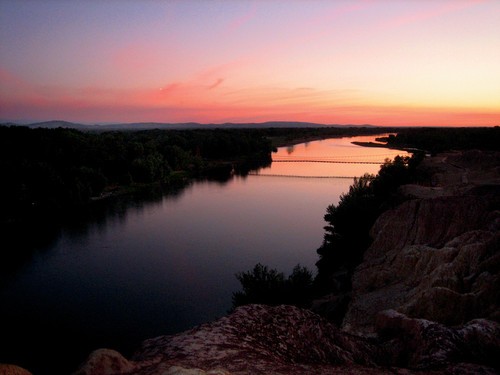
Aperture: F2.8. Exposure time: 1/50s. Sensitivity: 100. Focal length: 28mm.
As the sun sets and twilight falls, the soft diffused light makes the photo look soothing and comfortable.
2. The Mosaic Effect of Light
In the early morning and evening, the changing combination of light and shadow and the perfect contrast of light and shadow in nature provide many favorable conditions for photographic creation. It can be said that a landscape photographer should not only be a technical expert, but also an industrious explorer. This photo was taken in a highland meadow, with direct sunlight shining through the edges of the weeds shortly after sunrise, and at the same time, a lot of diffuse light fills the front of the grass so that we can see these colors in the photo.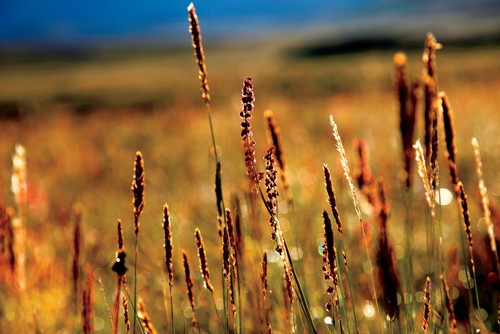
Aperture: F5.6. Exposure time: 1/640s. Sensitivity: 100. Focal length: 105mm.
The picture above shows the plants that the photographer took with backlight in the early morning when the direct light was not too strong. The mosaic effect of edge light can be obtained by controlling the exposure.
3. Abstract Effect of Silhouette
Black images with obvious shapes but no tonal details, known as silhouettes, generally appear in shooting scenes against a bright background. The expressiveness of the silhouette image depends on the sharpness of the outline of the image. In this photo, the photographer climbed a hill in the twilight and stumbled upon a few goats with their heads held high while shooting the sunset. So after metering the sky, lock the exposure value to focus on the goat and shoot.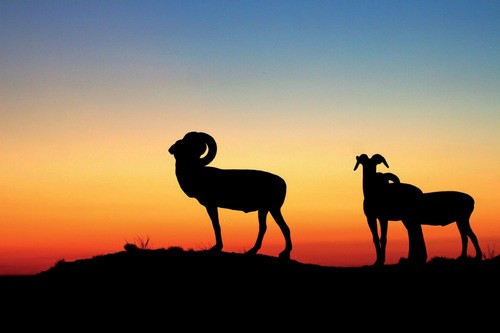
Aperture: F4.5. Exposure time: 1/80s. Sensitivity: 400. Focal length: 100mm.
After shooting under the backlight to find a sharp-defined subject, expose for the sky in the background to take a silhouette photo.
4. Express the Reflection of the Water Surface
When shooting landscape subjects such as lakes and seas, photographers usually avoid reflections on the water by adjusting the shooting angle or using polarizers. However, not all shooting subjects need to prevent reflections on the water surface. The picture was taken by the photographer of the meandering river. At sunset, the backlight plunges most of the landscape into endless blackness, and the high-light water surface becomes the only high-profile subject in the frame, filling the entire photo with a sense of formal beauty.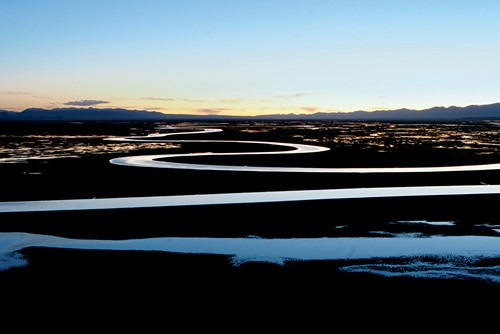
Aperture: F6.3. Exposure time: 1/30s. Sensitivity: 100. Focal length: 12mm.
Using the reflection of the water surface, the river is abstracted as a ribbon in the photo.
5. Use the Flash to Calender the Light
When shooting in natural light, a lot depends on the preparation before shooting and the observation and patience when shooting. The most important thing in preparation is to know the weather in advance to configure the appropriate shooting accessories. And through observation when shooting, you can find subtle changes in light and shadow, and grasp the fleeting moment.
Sometimes, in order to improve the light ratio in the scene and highlight or weaken certain elements in the scene when taking photos in the daytime, you can use an external high-power flash to match the photo shooting. Many people will ask, isn’t the flash used to fill in the light when taking photos at night or indoors? Not really. Flash can also play a powerful role in outdoor photography.
The picture below was taken in a seaside village in Malaysia. In order to highlight the coconut tree branches in the foreground, the photographer dimmed the brightness of the sky, and at the same time used the flash to fill in the light locally, and got this photo with excellent contrast.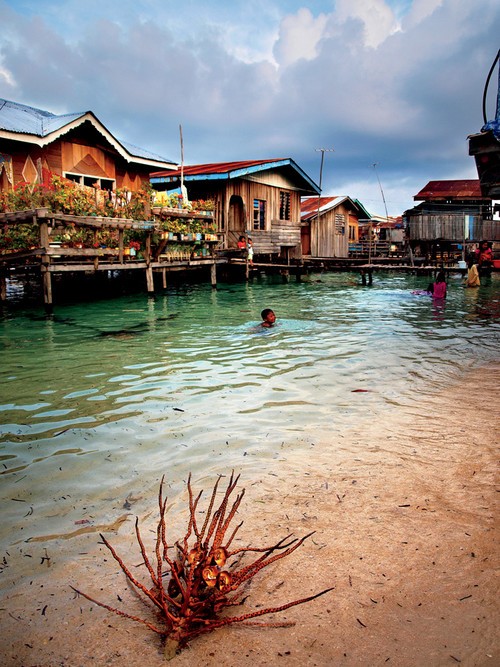
Aperture: F3.5. Exposure time: 1/400s. Sensitivity: 100. Focal length: 28mm
The photographer uses the flash to increase the brightness of the parts in the picture, thereby reducing the overall exposure value, so that the details of the clouds in the sky are richer.
6. The Charm of Color Temperature and Tone
Taking advantage of color temperature for landscape photography is one of the great advantages of DSLRs. To create color contrast in a photo, in addition to using the color of the subject itself, the most common method is to use the color temperature contrast of the shadow and light-receiving parts. In the picture below, the sunset that is about to descend the mountain casts the last rays of warm light on the small house where Kanhe people live, while the shadows in the lower third of the picture are filled with cool blue, forming a strong contrast.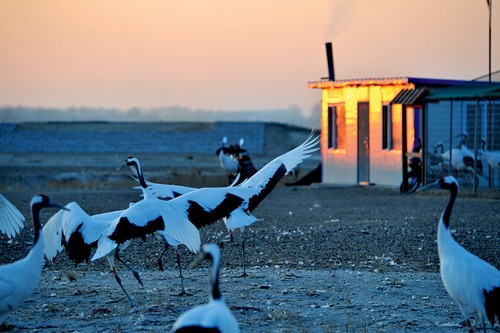
Aperture: F5.3. Exposure time: 1/320s. Sensitivity: 1000. Focal length: 240mm
Use the contrast of color temperature and light and shadow as the highlights of your photos.
